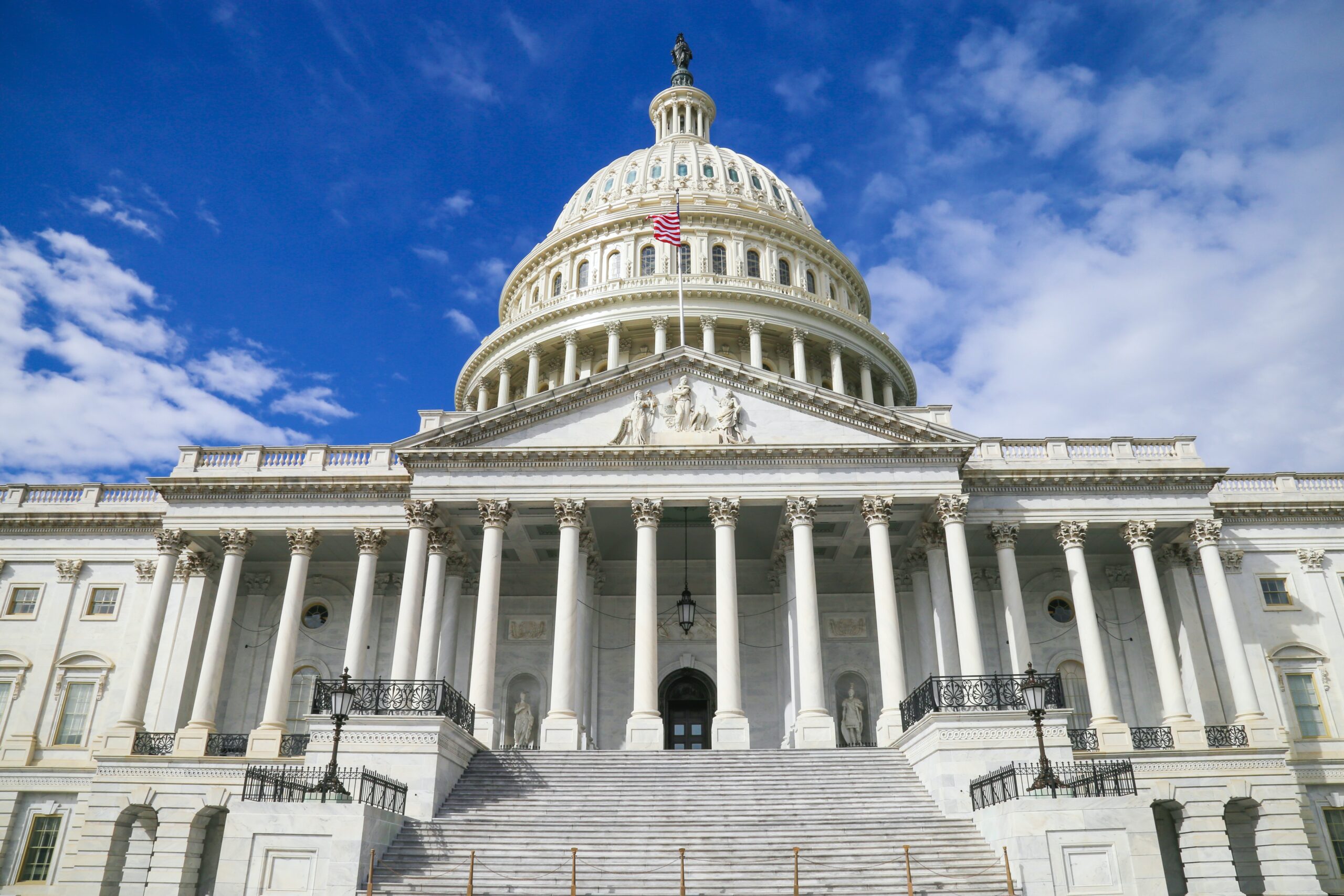Contributions to this blog were made by Trey Webster and Max Mandich.
The Senate returned to Capitol Hill this week and resumed in-person legislative activities, although social distancing measures ensure it will not be business-as-usual anytime soon. Senators face plenty of challenges as they establish oversight for the nearly $3 trillion in federal coronavirus aid that has gone out while determining future federal aid packages. Not to be overlooked, Congress must still address the myriad policy items put on the backburner over the past couple months, all while the November election begins to absorb national attention.
What do new safety protocols mean for this session? The Senate is likely to mirror the precautions taken by the House when it returned to vote on the fourth COVID-19 package just over a week ago – including wearing face masks or coverings, encouraging lawmakers to keep distance from each other, and modifying hearing or voting procedures to prevent congregating and allow more time for Senators to come and go. Ultimately, this could mean a slower pace of activity while the Senate is back in session.
Despite potentially slower Senate activity, it is clear that Congress intends to prioritize the single largest federal stimulus program in U.S. history. It will be worth noting how the Senate manages the newfound oversight structure throughout the federal government. In addition to the oversight responsibilities which various congressional committees hold, oversight power will extend to the Government Accountability Office (GAO), internal Inspectors General, three new oversight mechanisms created under the CARES Act, and the House’s new select committee.
Lastly, it remains somewhat unknown how legislative priorities will continue to advance through 2020. The exact procedure, timing, and balance between further COVID-19 relief measures and inclusion of long-awaited economic “recovery” measures is up for debate. The divide over the timing and composition of a recovery bill largely breaks down along partisan lines, with Republicans raising concerns about mounting deficit spending and arguing that legislation should remain strictly focused on pandemic response. Democrats are advocating for an expansive view that includes increased relief for state and local governments and infrastructure spending with significant investments directed to roads, bridges, broadband, and more to help stimulate the economy. Even as Congress contemplates a larger recovery bill, however, work on “interim” measures designed to provide individuals, businesses, and health providers with immediate relief will continue.
Non-coronavirus priorities are now expected to receive renewed interest, including federal judicial nominations and must-pass items like Fiscal Year (FY) 2021 appropriations and the annual National Defense Authorization Act (NDAA). Further, the narrow legislative window increases the likelihood that must-pass bills will be more narrowly tailored than in previous years, despite advocacy groups and rank-and-file members trying to attach many extraneous policy priorities.
FTP will continue to monitor and provide updates on the current situation as these and other items become clearer in the coming weeks.
